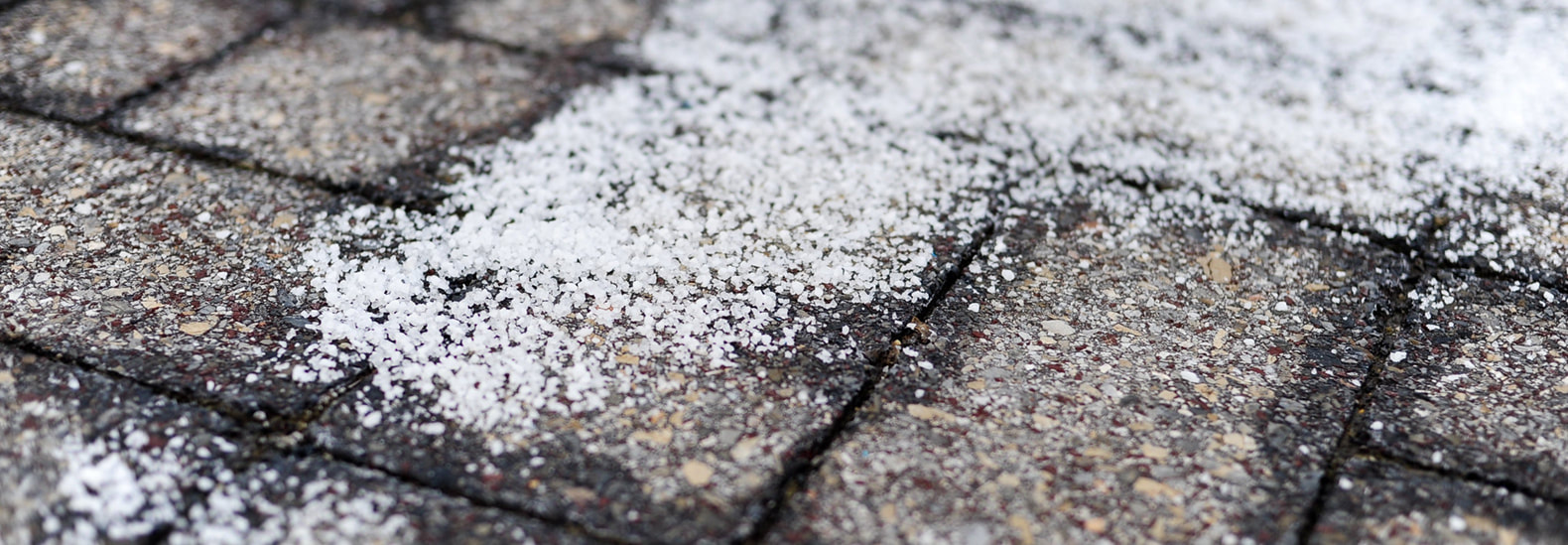 With the first snow storm of the season hitting New York City, out comes the salt, sprinkled on sidewalks and streets to reduce ice formation and slippery surfaces by lowering the freezing point of water. The salt, formed eons ago in the ocean, with chlorine derived from volcanoes at the bottom of the ocean combining with sodium washed off the continents, to form sodium chloride. Salt deposits are left behind by oceans that have dried up, and much of the salt spread on roads in the New York City area is shipped from deposits in the Atacama Desert in Chile. The volume of salt distributed on roads and sidewalks is staggering: 55 billion pounds are distributed on U.S. roads every year. It can be detected miles from where it is deposited, sixty floors above the city streets, and runs off into nearby waters, increasing their salinity. And it impacts living organisms. Chemically similar to potassium, salt it can work its way into the potassium-supported functions within cells. However, it cannot perform the processes powered by sodium, and thus is harmful to many organisms. Yet, as described by Menno Schilthuizen in Darwin Comes to Town, some living creatures have evolved in urban areas--that is, have genetically mutated--in ways that enable them to survive the road salt inundation of sodium. "Organisms that manage to cope with saline situations have usually evolved mechanisms to counteract the salty onslaught on their cells. [Thus, ...] salt-tolerant beach plants colonize the hard shoulders of major inland roads, pushing out the regular verge verdure. But chances are that the animals and plants that are already there also evolve salt tolerance thanks to road salting." Schilthuizen describes a lab experiment in which batches of small crustaceans--water fleas--were placed in tanks with different salt concentrations to live for 10 weeks (5-10 generations). The descendants were then removed from their salty environments, cultured for 3 additional generations in tanks of unsalted freshwater, and then tested for their salt tolerance. It turned out that "the water fleas retained the evolutionary signature of having adapted to salt water. When placed in brackish water...the strains that had lived under moderate salt concentrations ...survived well, whereas the ones previously naive to salinity experienced only 46 percent survival." Humans are transforming the environmental conditions of the places we inhabit; while harmful to many creatures, some creatures evolve to survive the harsh conditions we create.
0 Comments
|
About this Blog
Hi! I'm Nancy Kopans, founder of Urban Edge Forest Therapy. Join me on an adventure to discover creative ways to connect with nature in your daily life, ways that are inspired by urban surroundings that can reveal unexpected beauty, with the potential to ignite a sense of wonder. Archives
April 2023
Categories
All
|

 RSS Feed
RSS Feed